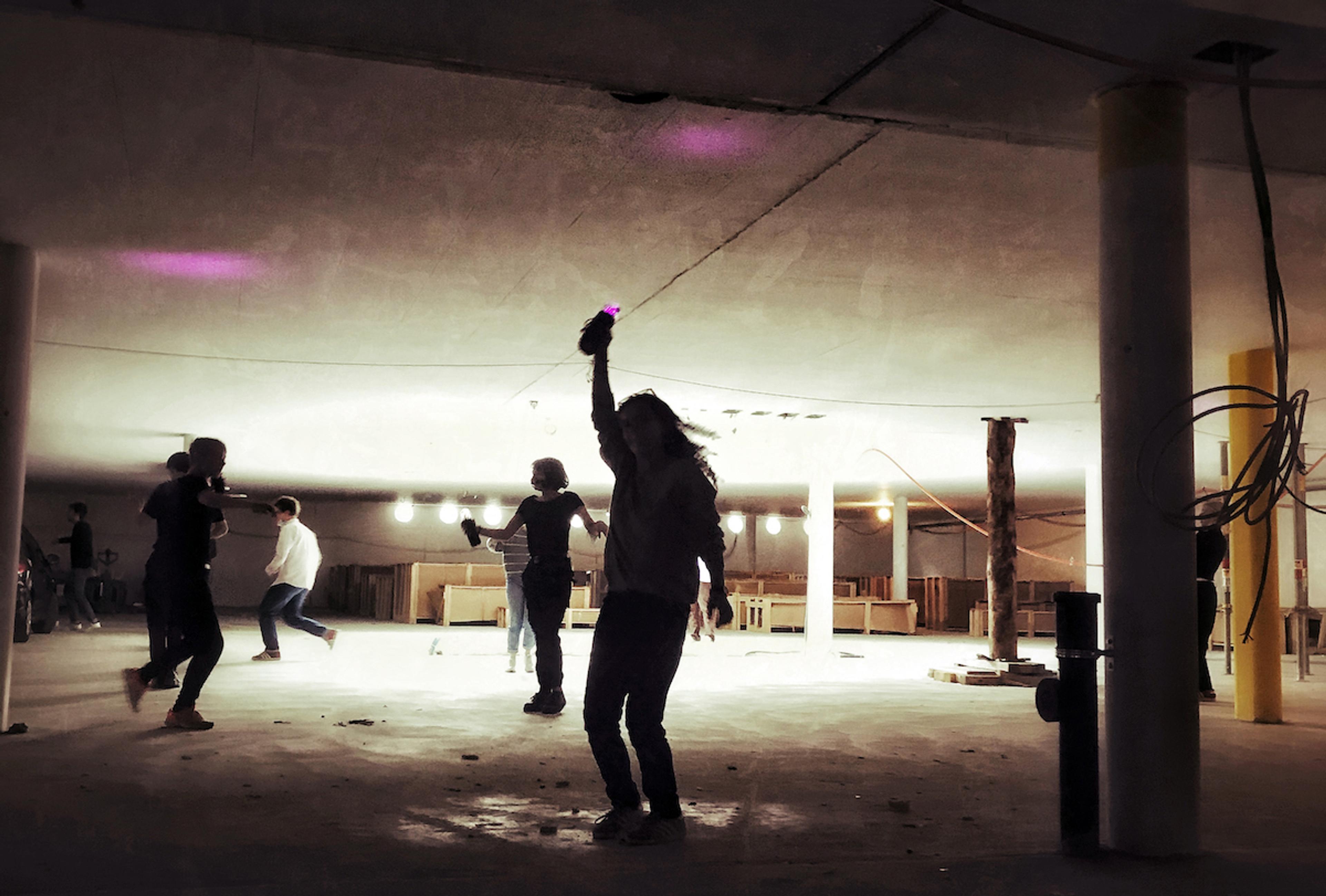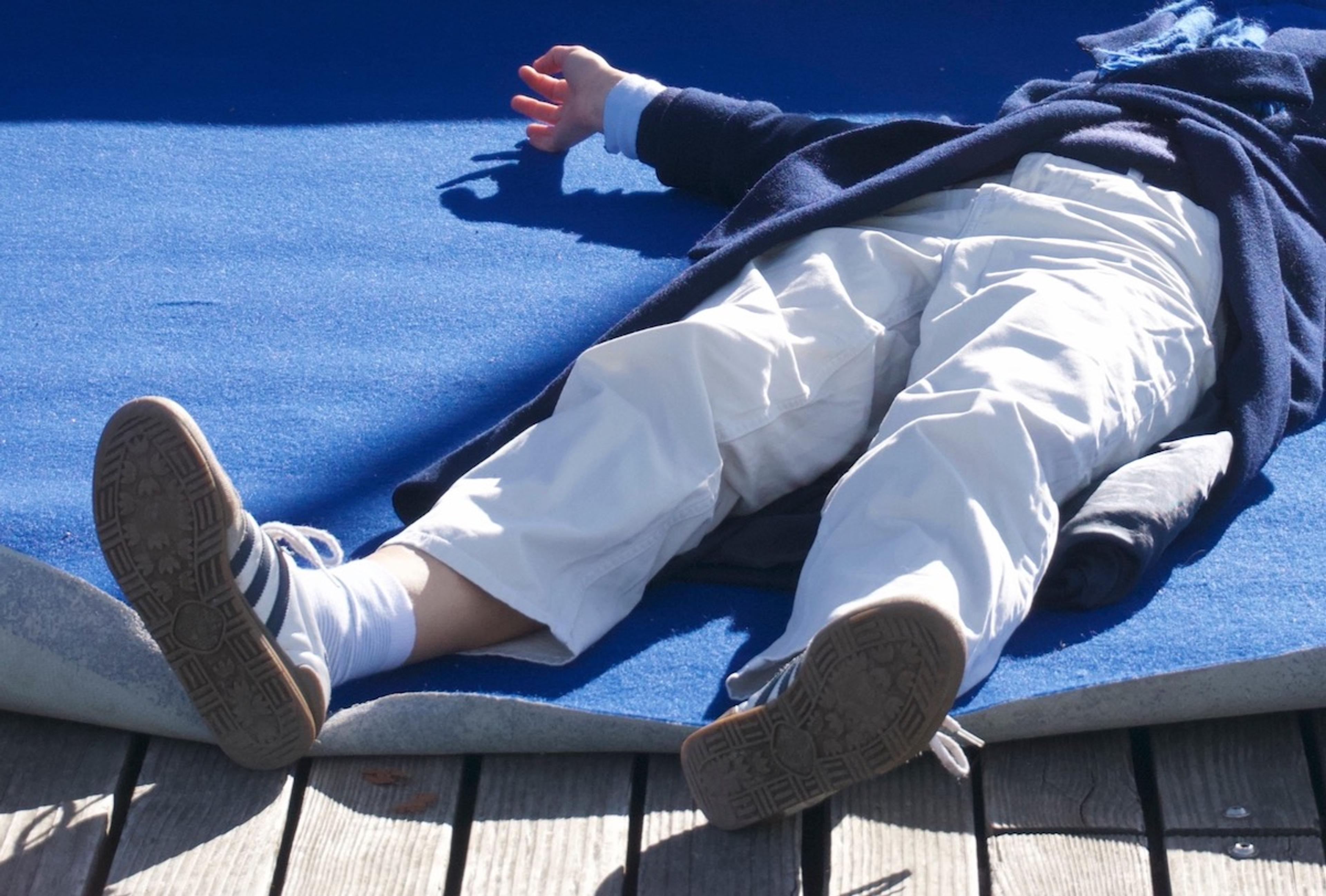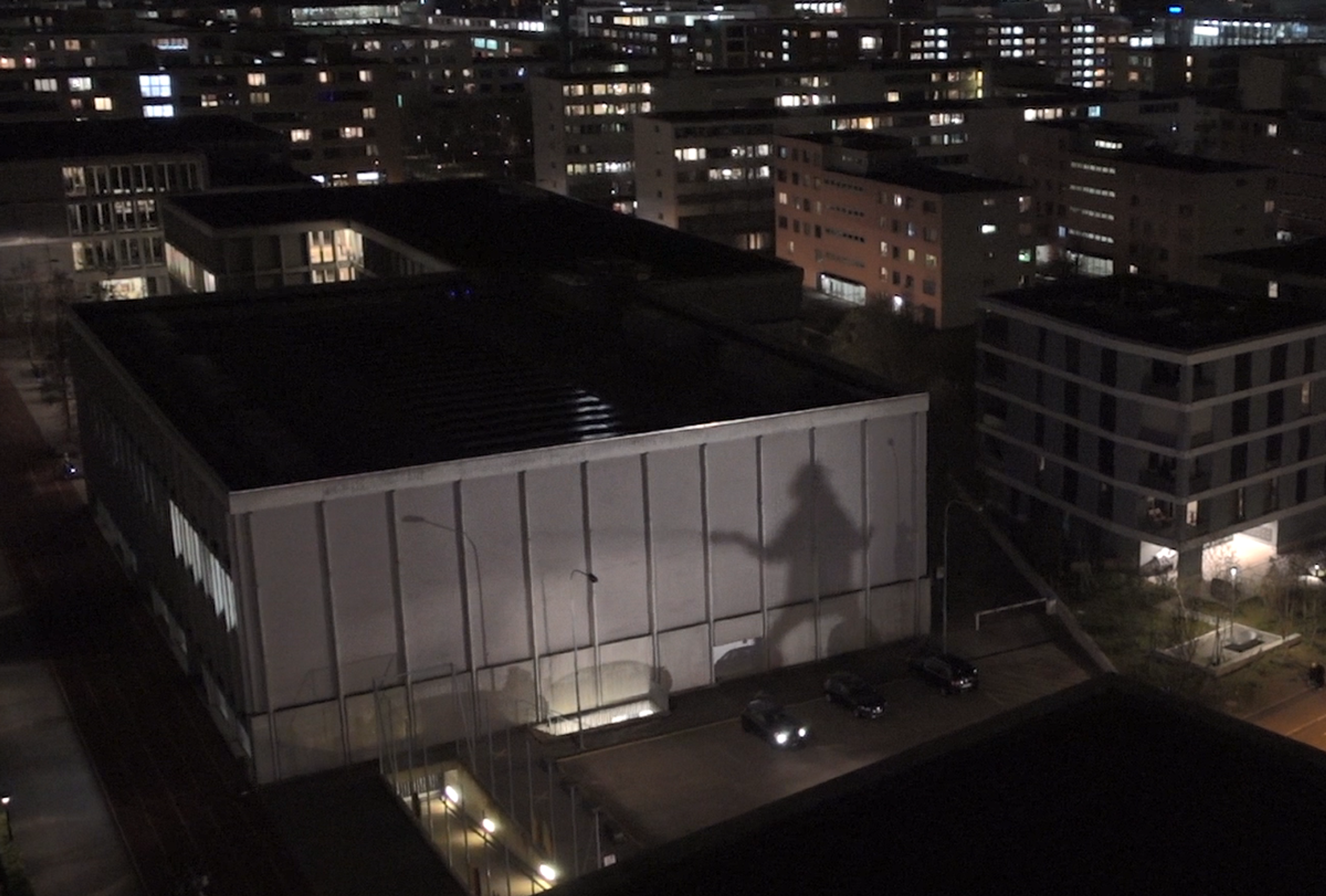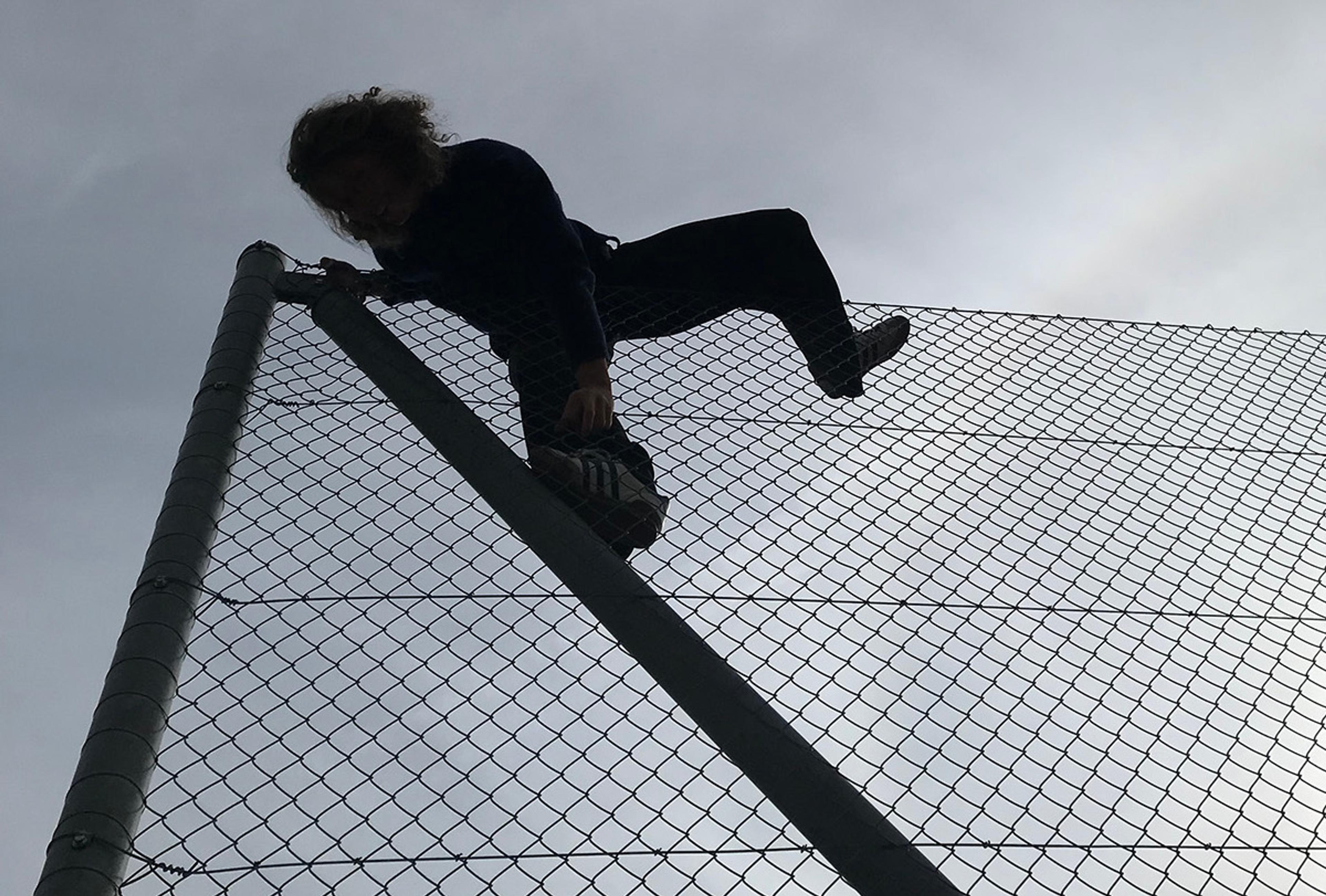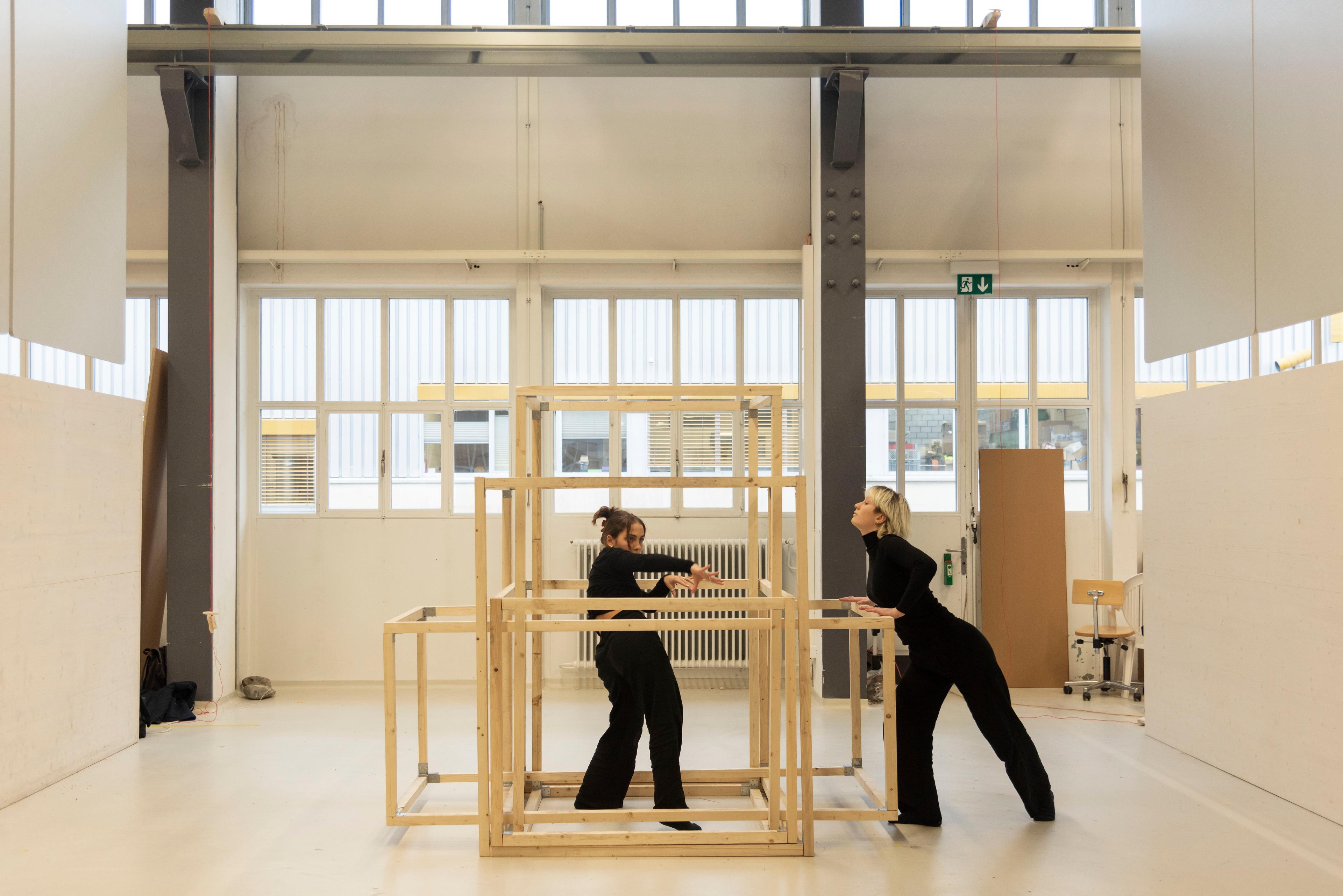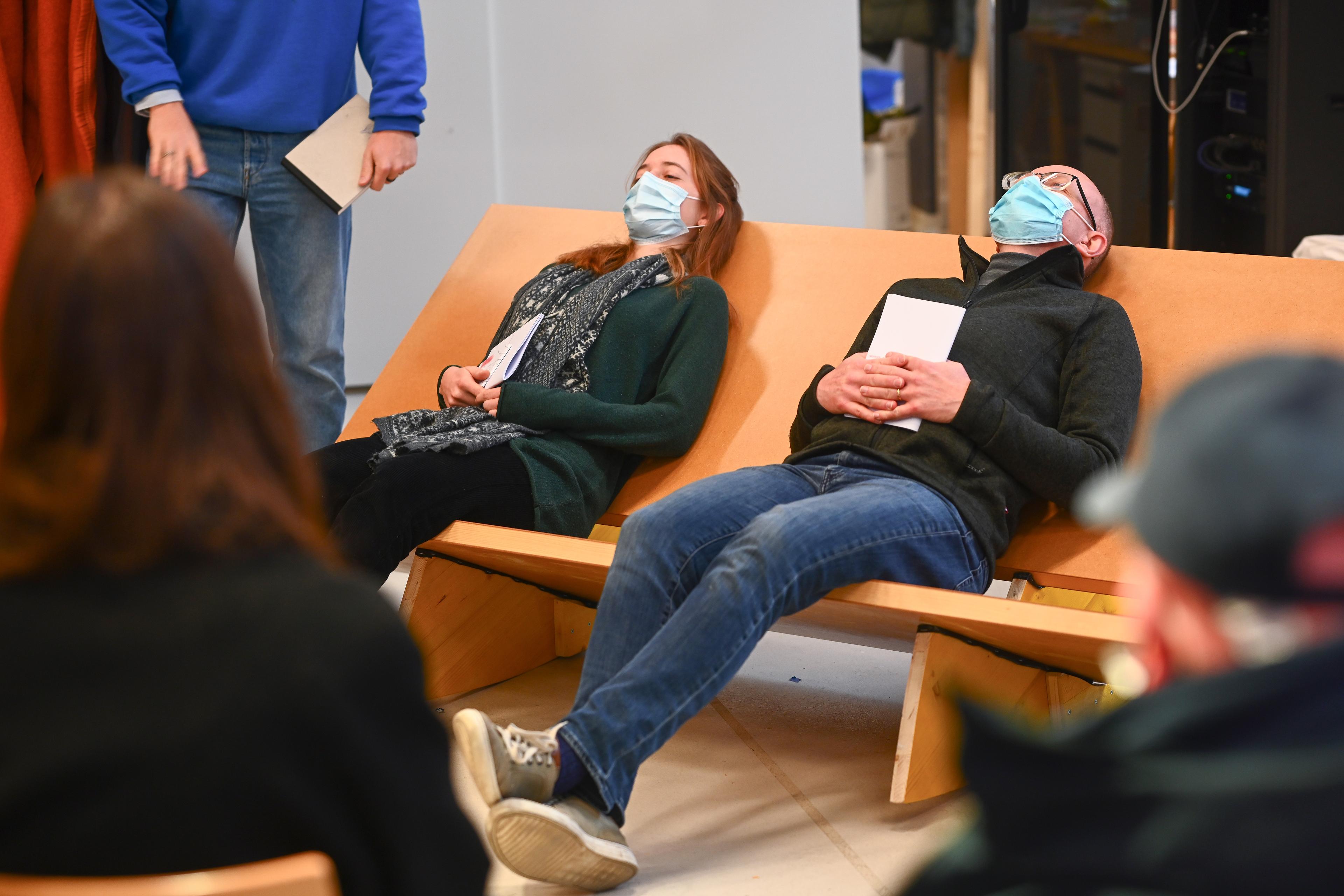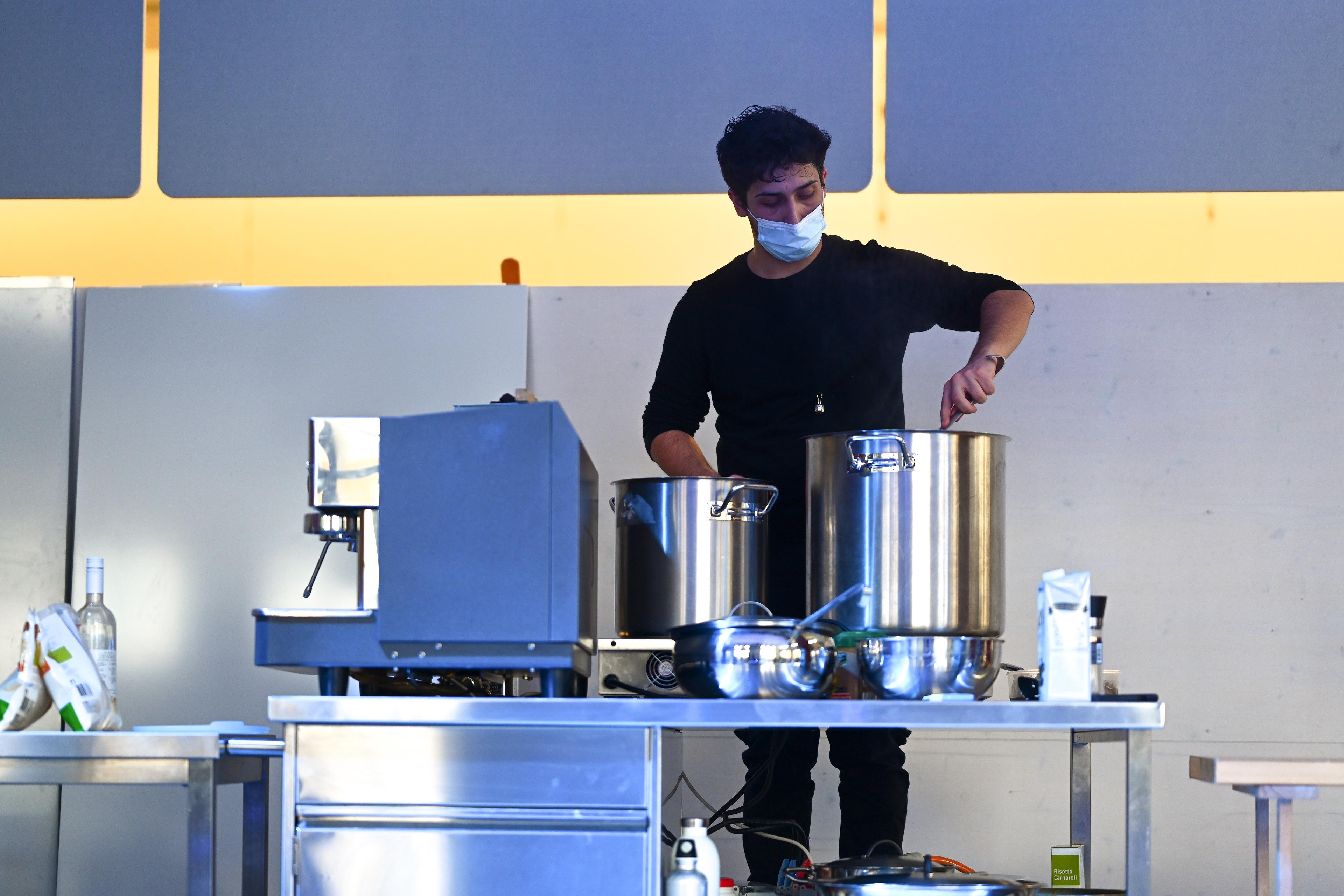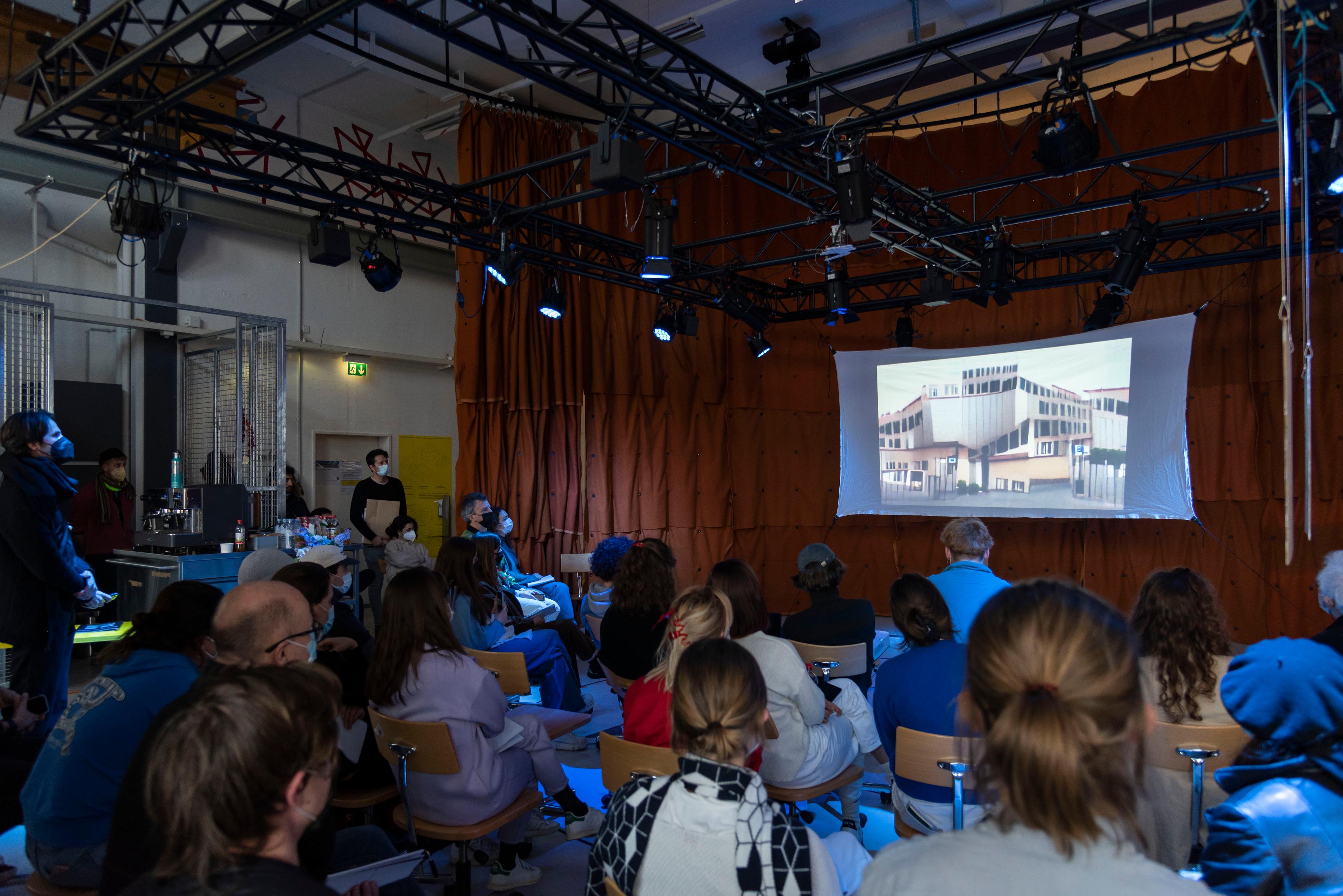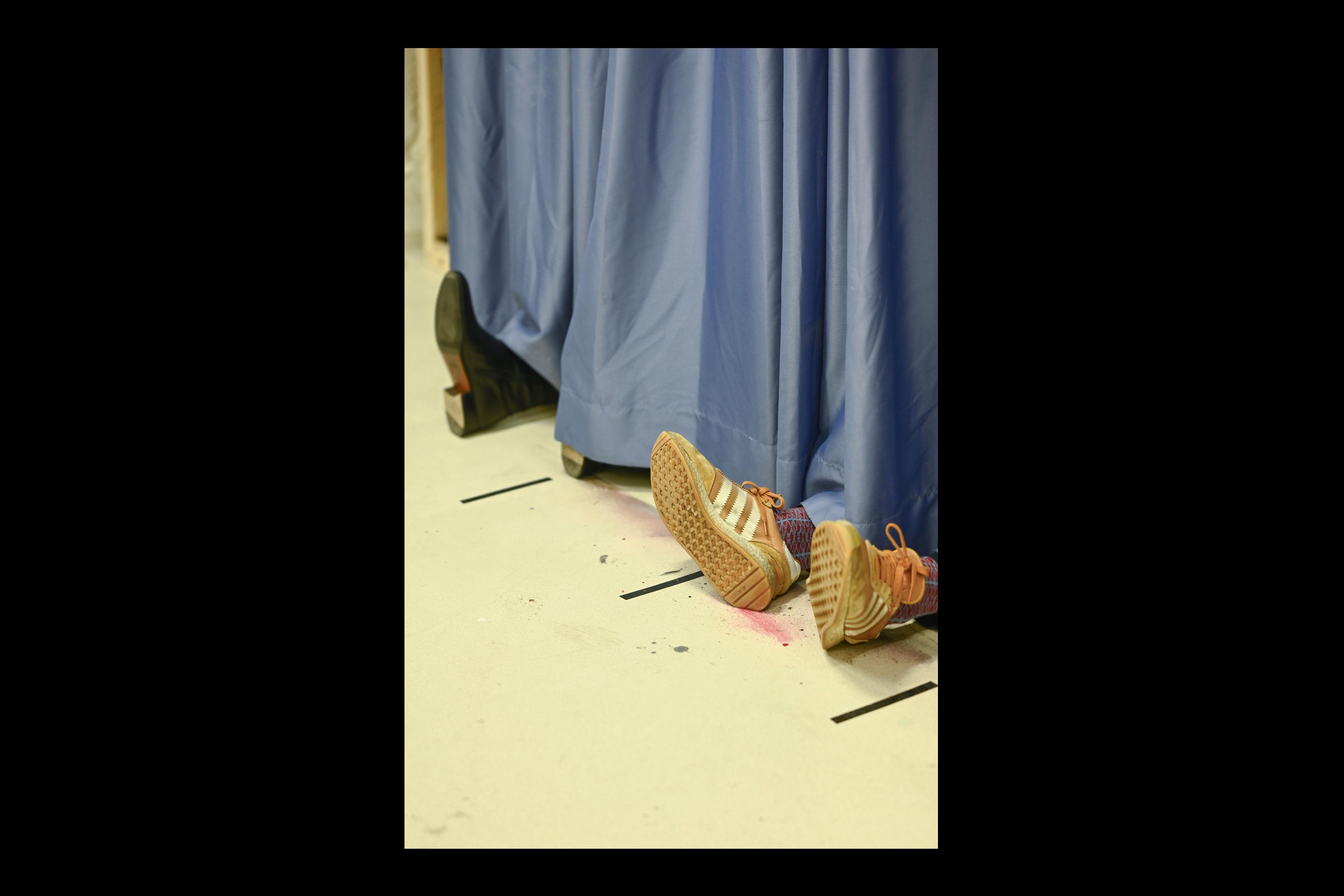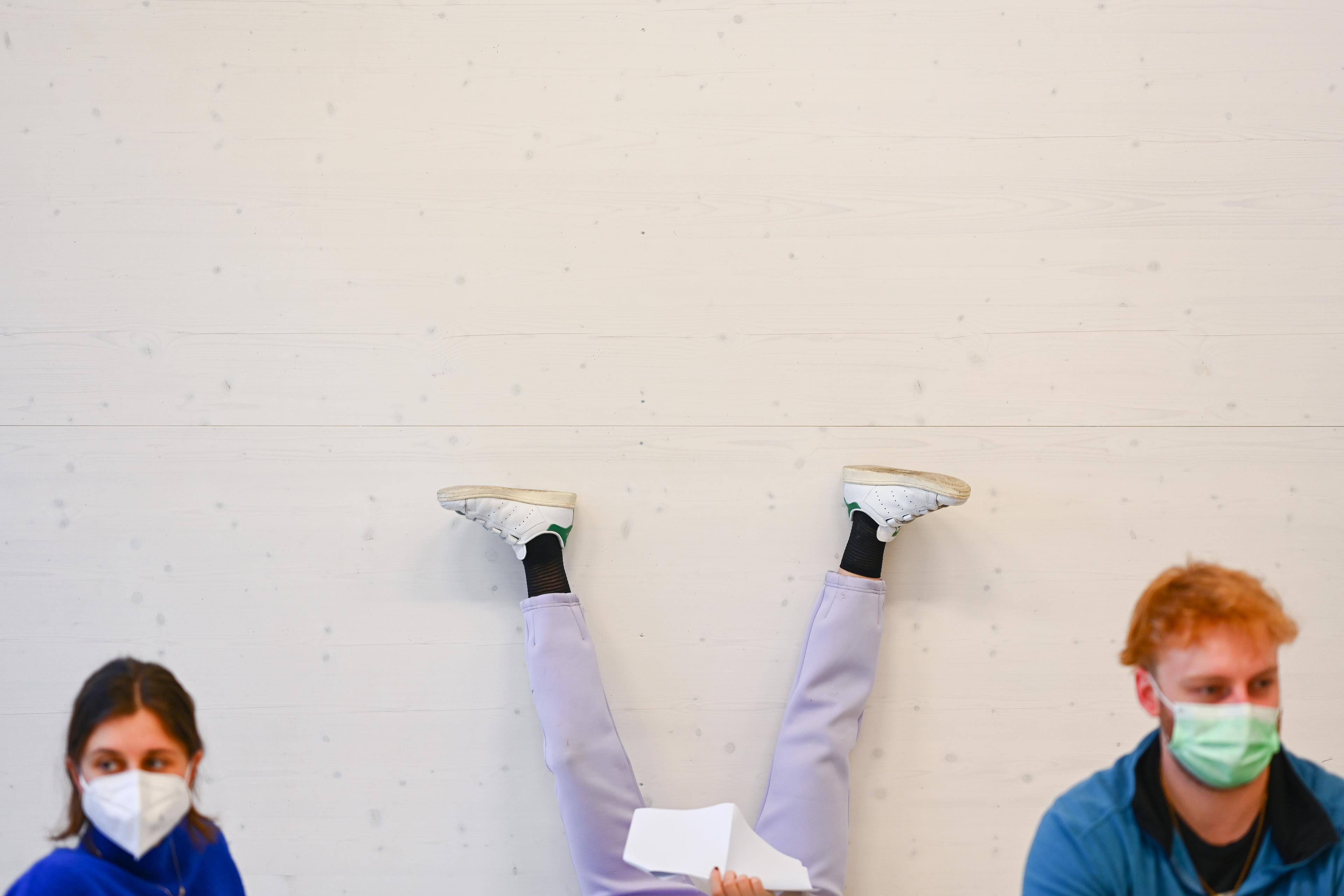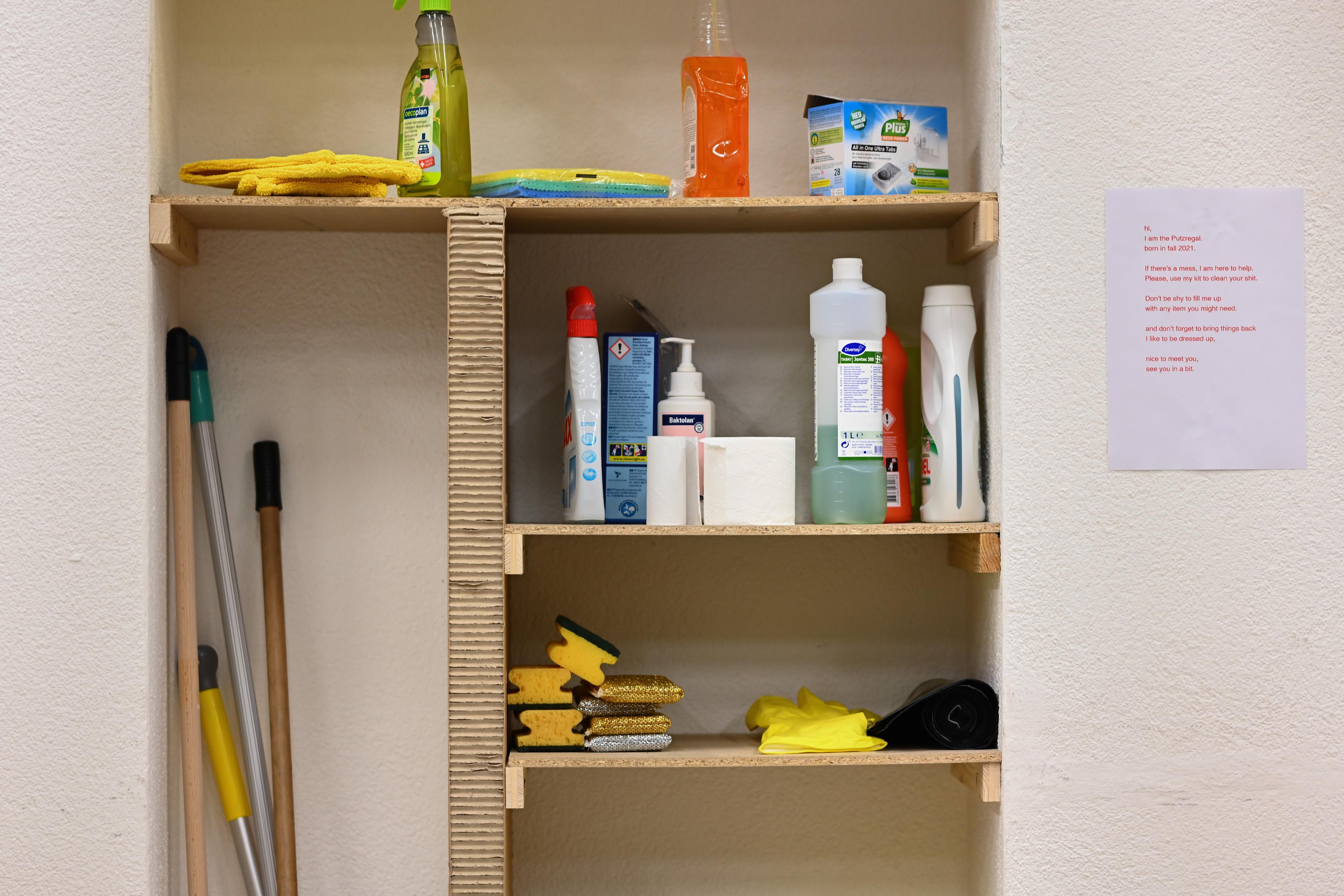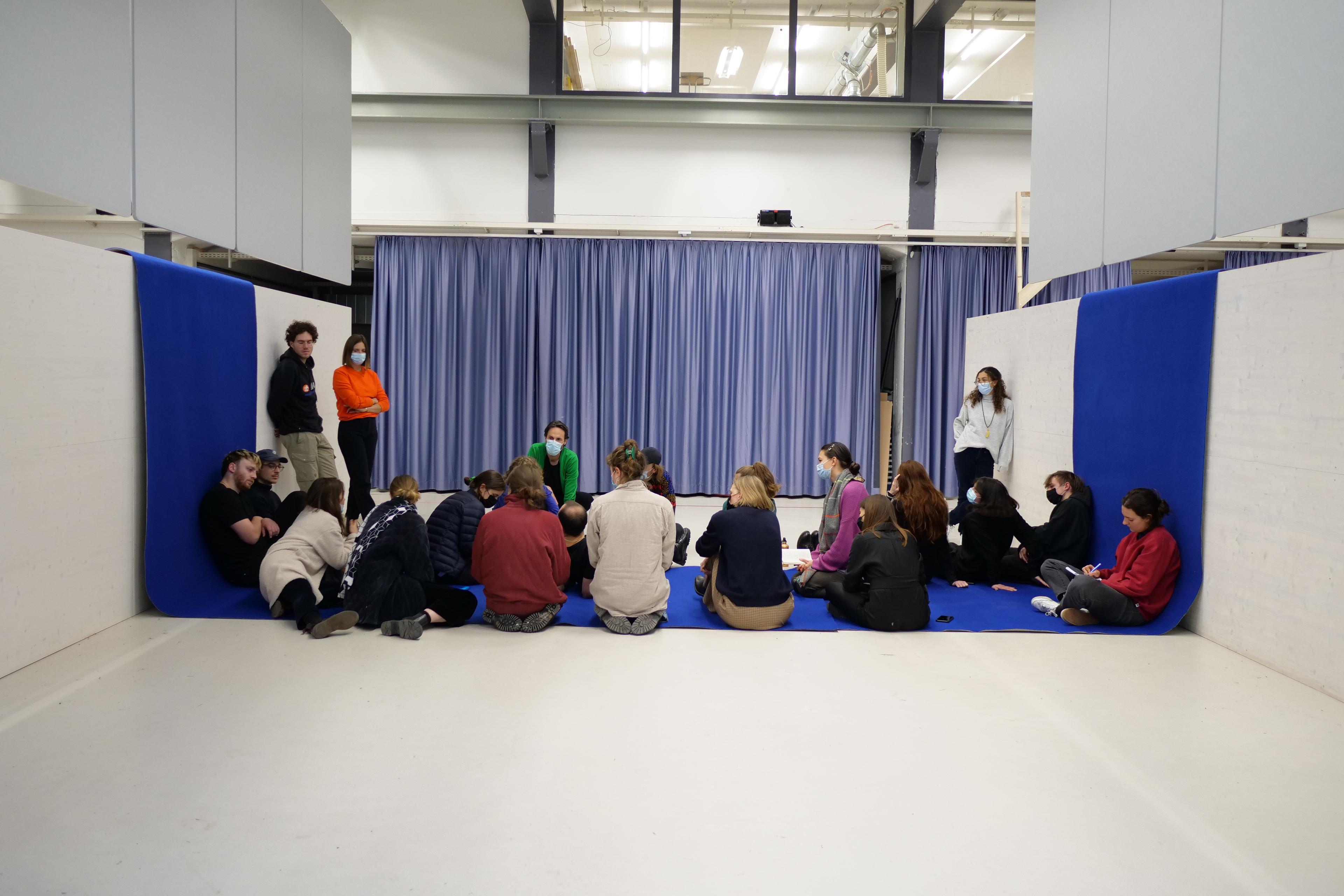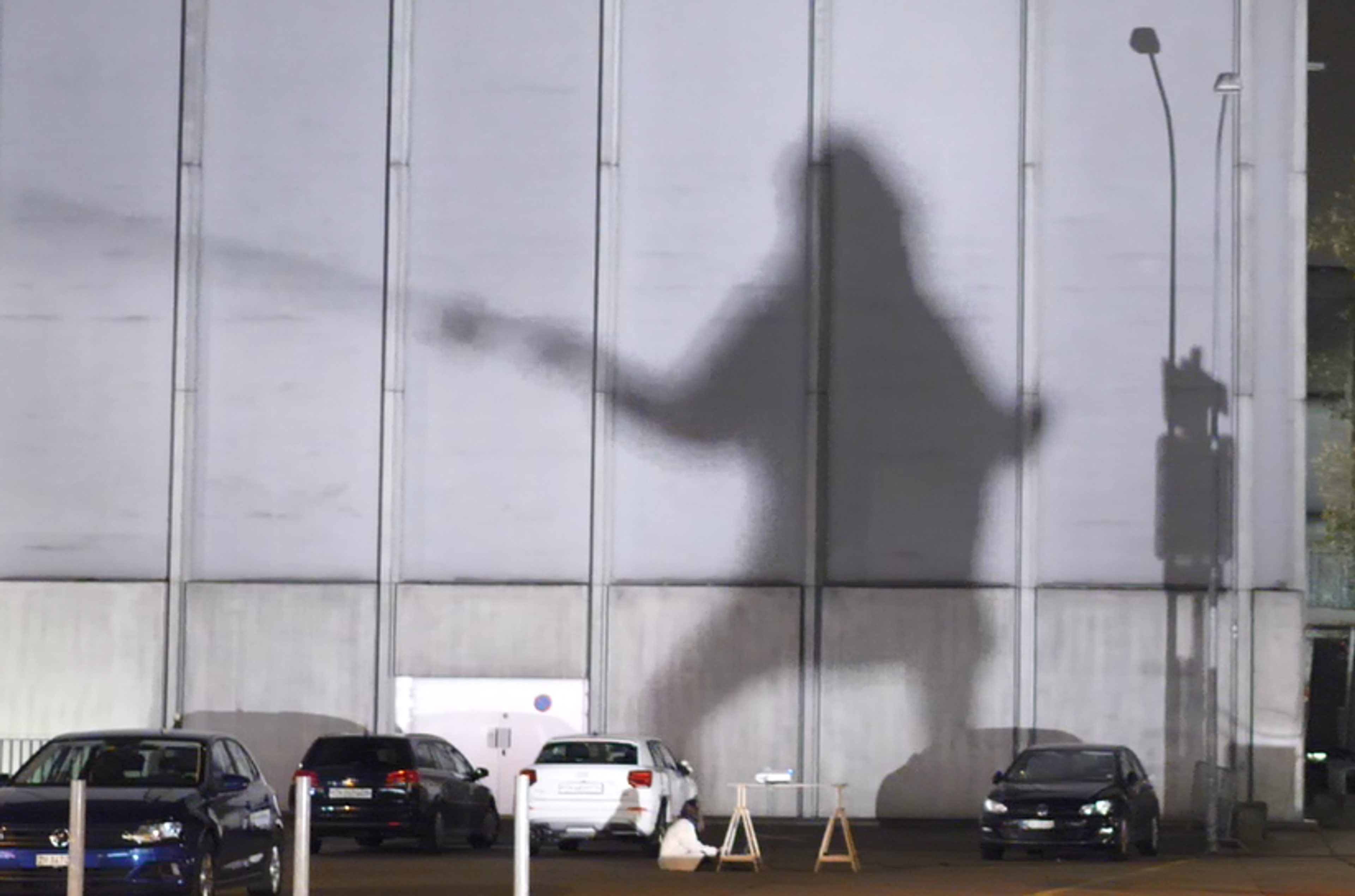Studio Seebach – Sensing Space
Introduction
For the Fall 2021 design studio, we took inspiration from people and practices that promote the use of all our senses when experiencing and shaping our environment. Starting from their own bodies and feelings, students developed projects that addressed a wide range of topics and questions around the question how we can design and inhabit space beyond our rational understanding of it?
After a long period of forced social distancing and self-isolation, due to the COVID related restrictions, we could finally reconnect to the people and places around us. The design studio in fall 2021 centered around this reconnection and rediscovery of the physical world and the power of proximity, tactility and embodied knowledge. Starting from ONA and from the question of how we can design outside of our brains, we used our bodies and senses to explore the building’s potential as a safe and social space where we can be and work together.
By joining Studio Seebach – Sensing Space, students became part of a collective effort to identify, reimagine, and potentially remove or redesign some of the barriers currently preventing people from feeling comfortable in and around the building. As frequent users and cohosts of the space, they revisited ONA. They explored it as – what we like to call – an ‘Open Public Structure’ that is welcoming to many users, from students to residents and others.
Context
The studio was, amongst many other sources of inspiration, shaped by the work of French philosopher Maurice Merleau-Ponty who argues that we are all caught – or embedded – in the fabric of the world. Students embarked on a slow and sensorial immersion in their environment through a step-by-step process. By combining a more open-ended and self-generative exploration of space with moments of critical reflection, their discovery of the body-space connection gradually transformed from an intuitive approach towards a more purposeful process and series of projects.
Students were not required to deliver a design in the traditional sense of a plan for a permanent, physical intervention. However, eventually, all projects expressed a deep engagement with the physical environment. Instead of creating a new context, students studied existing conditions. They focused on the myriad ways in which our understanding and use of space are scripted, restricted or supported by architecture and urban design.
Following the NEWROPE Chair’s adage ‘Design in Dialogue’, studio participants established relationships with and between themselves and others by studying kindred spirits who have worked at the intersection of the body, space, and movement, while simultaneously engaging fellow students and other sentient beings through physical encounters and shared sensations.
The resulting projects and collaborations show how a more sensitive approach and embodied knowledge can help us reimagine our daily routines, realign users and spaces, and generate valuable knowledge for designing more inclusive and responsive environments.

Diagram showing the studio structure (drawing: Michiel van Iersel)
Structure
Studio Seebach – Sensing Space was structured around four movements and consisted of rehearsals, reflection moments and Design in Dialogue Sessions. Each phase started with a rehearsal – a physical exercise under the guidance of a guest instructor – followed by a reflection moment, either in the form of a guest lecture or in the form of an interactive Design in Dialogue session where students received input from guests regarding possible next steps in their process.
I. Swarming
The first phase focused on the collective experience of space and started during the introduction week with a workshop by mimographer and physical theatre maker Floor van Leeuwen. Through a number of small exercises, students learned about how we move in public space and how explicit and unwritten rules and expectations dictate our trajectories and interactions. Together we tried to re-imagine and momentarily change the ‘script of the street’ by swarming around Oerlikon as one body without a clear form or direction. The first phase continued with a workshop by dance and theatre-maker Manuela Runge, who worked with students to help them move around the ONA building and explore their environment using their bodies and senses. Together they created a series of small interventions for the inaugural lecture of Freek Persyn, which they performed with other members of the audience in the main auditorium of ETH Zurich.
II. Sensing
The second phase revolved around the various senses as entry points for a more engaging exploration of the surroundings. During this phase, we were joined by architect and curator Carlos Mínguez Carrasco. As one of the authors of the 2019 book titled ‘Bodybuilding’, he talked about the interplay of bodies and space and the use of live performance by architects, insisting that performance is a critical tool to rethink architecture’s agency, goals, and aesthetics. During the same phase, students had the opportunity to work with Dr Maria da Piedade Ferreira, an architect, performance artist, researcher and curator who explores how everyday objects and situations influence perception and extend or restrict the possibilities of the body. For her day-long workshop, students were asked to bring a selection of things from their daily life, and to defamiliarise themselves with these objects by wearing them in the form of a self-created costume during a “COVID Gala”: a masked ball to celebrate spontaneity, absurdity and playfulness as a way to challenge the social norms and physical conditions. To conclude the sensing phase, Rory McGrath and Anton Westbom Weflö of London-based design studio OK-RM visited the Design in Dialogue for a workshop in which students were asked to summarise and visualise their ideas in a poster consisting of images and short texts.
III. Settling
During the third phase, students were asked to finalise the focus of their project. This time we were joined by Prof. dr. Erik Rietveld, a philosopher of cognitive science, specialised in enactive or embodied cognition and a specialist in the field of ‘affordances’: the quality or property of an object that defines its possible uses or makes clear how it can or should be used. From his role as Founding Partner of RAAAF (Rietveld Architecture-Art-Affordances), a multidisciplinary and experimental studio, he described and discussed a selection of their site-specific art installations, such as ‘The End of Sitting’, as real-life thinking models. Our final guest was fashion designer Marga Weimans, whose work addresses a wide variety of themes concerning identity, technology, and beauty and incorporates elements from architecture, art and pop culture. Sources of inspiration are, among others, her Surinamese background and living in a major city like Rotterdam, as well as innovative techniques and materials. She worked with the students around the notion of the ‘carnivalesque’ or the idea of putting power hierarchies and stereotypes on their heads as an artistic and political act.
IV. Showing
During the Premiere we moved around the ground floor of ONA and into the neighborhood of Seebach to experience a sequence of staged situations that invited visitors to immerse themselves in the projects, rather than observe from a distance. People could listen to unheard voices, feel the value of emptiness, play with shadows and sense the non-material aspects and qualities of the building and its immediate surroundings through a rich combination of sounds, moving images and smells.
Student work
The studio resulted in a wide variety of projects and performances, ranging from a simple timber frame that questioned the idealisation and standardisation of body proportions in architecture and a catalogue of customised mass-produced office furniture to a soundscape for various locations around Seebach and an AI generated movie that documents the past, present and future of the neighbourhood. See the slideshow below for more projects and photos.
Credits
[Date] Fall 2021
[Place] Seebach, Zurich
[Studio team] Panayotis Antoniadis, Ellena Ehrl, Michiel van Iersel, Freek Persyn and Phillipe Vandenbroeck
[Students] Linus Arnold, Jan Bauer, Olivia Beeler, Yannick Blattner, Annick Bächle, Selin Civi, Rita Engelberger, Charis Gersl, Elena Geser, Senga Grossmann, Fiona Hatz, Viviane Hug, Elif Isikli, Tabea Meienhofer, Max Meier, Carolina Palos Mas, Alessandro Paterniti Barbino, Roxana Puiu, Tanja Reichmuth, Jakob Schaefermeyer, Gereon Siévi, Sofia Uribe Gomez, Sarah Vogel, Julian Volken, Fiona Wiesner, Virginia Zaretskie, Theresa Zuhr
[Contributors] Floor van Leeuwen (independent physical theater maker), Dr. Maria da Piedade Ferreira (architect, researcher), Rory McGrath and Anton Westbom Weflö (OK-RM), Carlos Mínguez Carrasco (ArkDes), Prof. Erik Rietveld (UvA/ RAAAF), Manuela Runge (independent dance and theater maker) and Marga Weimans (independent designer)
[Guests Premiere Studio Seebach] Nitin Bathla (ETH Zürich), Falma Fshazi (ETH Zürich), Stanislaus von Moos (University of Zürich), Heinz Müller (ETH Zürich Immobilien), Rahimulla Muhammedi (Club La Fafa) and Caterina Viguera (Rotative studio)

